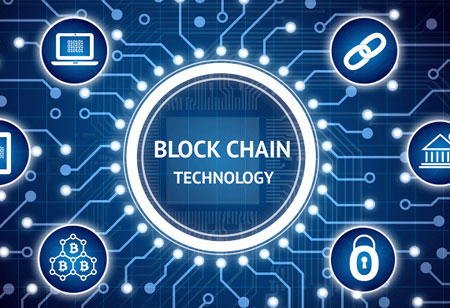THANK YOU FOR SUBSCRIBING
Fighting Cybercrime Using the Blockchain
The blockchain serves to establish ownership and the right to transfer bitcoins as it has an accurate and unalterable record of past transactions.

By
Apac CIOOutlook | Thursday, January 01, 1970
Stay ahead of the industry with exclusive feature stories on the top companies, expert insights and the latest news delivered straight to your inbox. Subscribe today.
Even with all the financial fortifications in place and monitoring of every money movements, cybercrime still is a significantly prevalent issue in the corporate world. The integration of smart contract development in blockchain platforms and the further developments have expanded the use of this technology beyond recordkeeping and cryptocurrencies. Blockchain technology provides the much-needed assistance to the security parameters because of its sequential architecture and its public visibility, through decentralized storage and reputational tracking.
The blockchain serves to establish ownership and the right to transfer bitcoins as it has an accurate and unalterable record of past transactions. It ensures that the bitcoin system stays autonomous; requiring no central authority approval. Enterprises can establish root-of-trust hardware identity for IoT devices, with records involving cryptographic keys, combined with unique device identifiers. Tracking Identity from the point of inception to the device’s working life, considering manufacturing, distribution, and the point of device activation is a significant advantage too.
By utilizing the information from the IoT devices interacting with a device, blockchain technology makes it possible to track the device’s reputation. Configuring devices to validate the reputation of other devices before engaging in transactions is also possible. Users from all over the world could set the parameters for reputational ratings, depending upon their security requirement for the application and deployment environment. Immutable identity, reputation tracking combined with AI, and machine learning can prevent data breaches by forming a smart ecosystem in which behavioral patterns of a device are noticeable while aberrations from the norm could trigger an alert. Such secure, transparent, highly resistant to outages, auditable, and efficient digital interactions make blockchain a must in today's corporate world.





